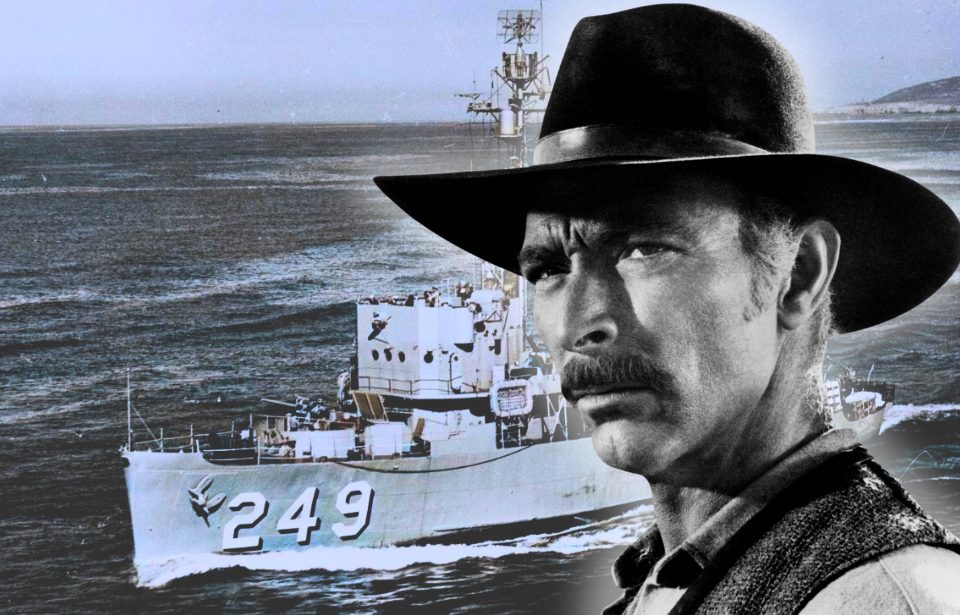Lee Van Cleef became a star during the heyday of American Westerns, known for his sharp features and intense gaze that made him a natural villain on screen. But before he found fame in Hollywood, he served with distinction in the U.S. Navy during World War II. His time in the military showed a very different side of him—one marked by discipline, courage, and dedication to duty. The same qualities that helped him succeed in uniform would later define his legendary career in film.
Lee Van Cleef enlisted in the US Navy
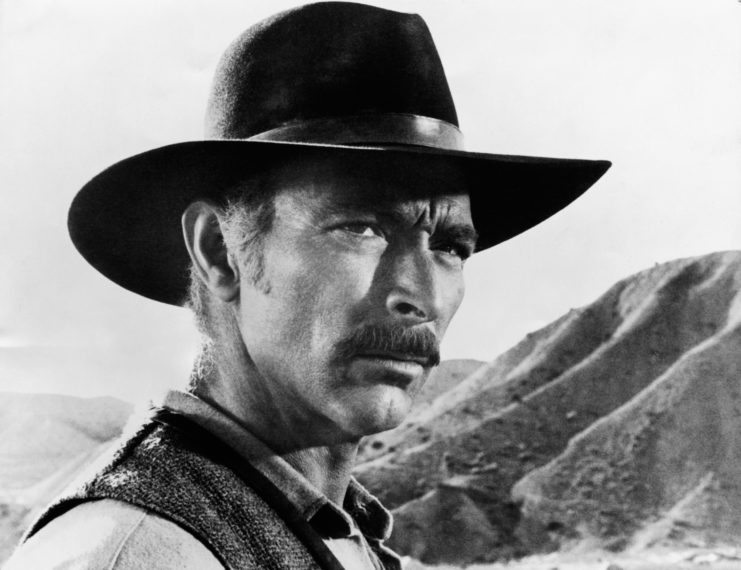
Clarence LeRoy “Lee” Van Cleef, Jr. was born on January 9, 1925. Raised in Somerville, New Jersey, he graduated early from high school with the intention of enlisting in the US Navy. By then, the United States was fully engaged in the Second World War, and the future Western star was eager to contribute.
Van Cleef completed basic training in late 1942 and subsequently attended Sonarman School. After finishing this phase, he was assigned the rank of sonarman third class and stationed on the submarine chaser USS SC-681. During this 10-month assignment, the ship was deployed to the Caribbean to search for German U-boats in the area.
When Van Cleef was ordered to leave the vessel to attend the Fleet Sound School in Key West, Florida, he had been promoted to sonarman second class.
Participating in the Allied landings of France
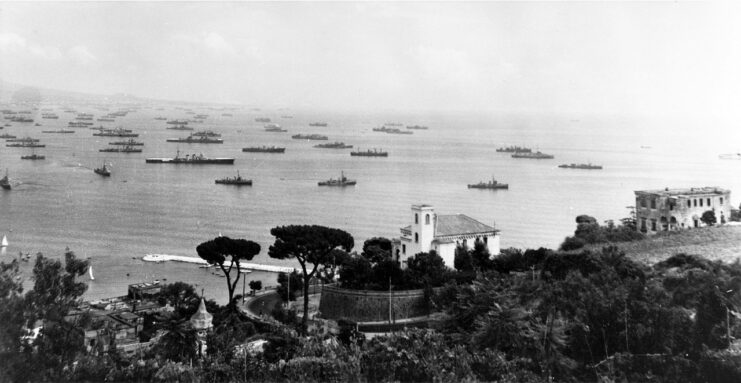
After completing his training at Fleet Sound School, Lee Van Cleef was stationed in Savannah, Georgia, where he joined the pre-commissioning crew of the USS Incredible (AM-249), a minesweeper built for dangerous coastal operations. After completing a shakedown cruise along the East Coast and through the Caribbean, the ship was deployed to Europe in support of the Allied invasion of southern France
Operations in the Pacific Theater
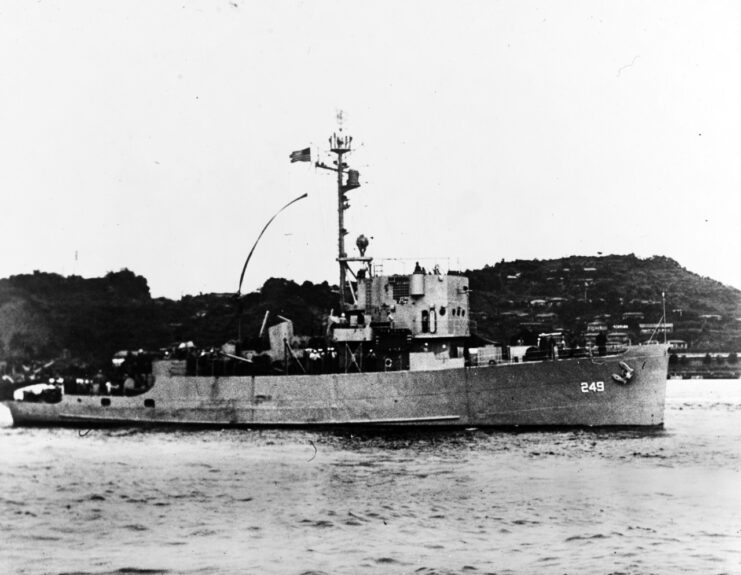
After six months of service, the USS Incredible was sent to the Black Sea, where it continued clearing mines while stationed at a Soviet naval base in Sevastopol, Crimea. During this deployment, the crew also conducted air-sea rescue patrols before eventually heading to Palermo, Italy. From there, they sailed back to their home port in Norfolk, Virginia.
By July 1945, the Incredible was deployed to the Pacific Theater. There, the ship and its crew participated in Operation Skagway, a post-war mission to clear mines in the waters around the Ryukyu Islands and the East China Sea. After completing his military service, Lee Van Cleef returned to the U.S. and was honorably discharged on February 20, 1946, holding the rank of sonarman first class.
In recognition of his service during World War II, Van Cleef was awarded multiple military awards, including the Bronze Star, the World War II Victory Medal, the Good Conduct Medal, the American Campaign Medal, the European-African-Middle Eastern Campaign Medal, and the Asiatic-Pacific Campaign Medal.
Lee Van Cleef decided to give acting a try
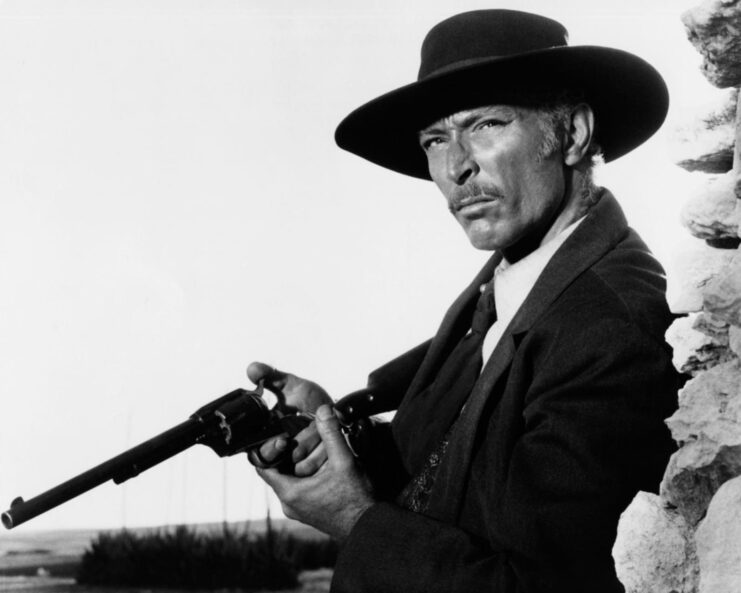
Following his military service, Lee Van Cleef returned to New Jersey, where he participated in community theater. He worked his way up and eventually found himself in Manhattan, at the behest of a talent scout. His big break came in the 1952 Western, High Noon, starring Gary Cooper. Van Cleef had actually been offered a more prominent role if he’d gotten a nose job, but he declined and, instead, played the villainous Jack Colby.
His role in High Noon greatly influenced Van Cleef’s career trajectory. Over the following decade, he appeared in many Westerns, usually playing the villain, and noir films. He also made a number of television appearances, acting on such shows as Annie Oakley (1954-57), The Rifleman (1958-63) and Gunsmoke (1955-75). Similar to his film career, the majority of these small screen productions were in the American Western genre.
Becoming a sought-after actor
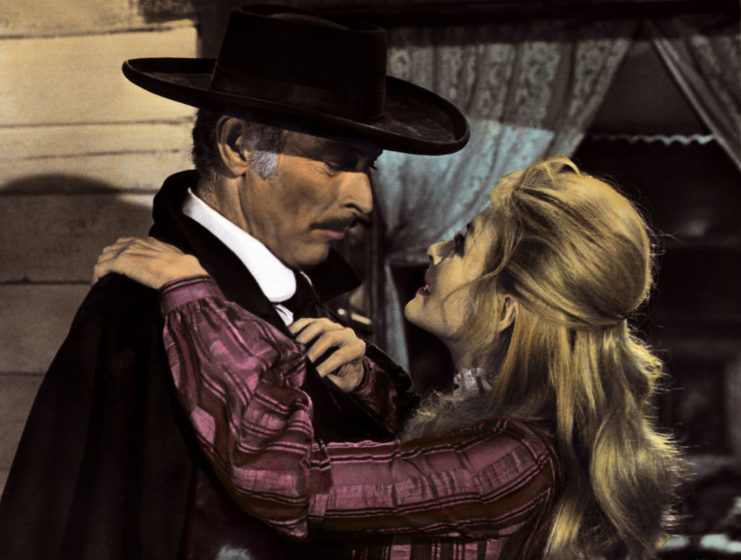
In 1965, Sergio Leone cast Lee Van Cleef as the villain in For a Few Dollars More. His work opposite Clint Eastwood was so good that he was subsequently cast as the villain in The Good, the Bad and the Ugly (1966).
It was the latter role that made Van Cleef a star and much sought-after actor. He continued to appear in movies directed by Leone throughout the remainder of the 1960s, and also starred in such features as Death Rides a Horse (1967), Day of Anger (1967) and Sabata (1969).
While Van Cleef arguably made his biggest films in the 1960s, he kept on acting throughout the 1970s and ’80s. Some of his most notable movie appearances during this time included as Police Commissioner Bob Hauk in Escape from New York (1981) and as US Marshal Chris Adams in The Magnificent Seven Ride! (1972). He even appeared alongside famed action star Chuck Norris in 1980’s The Octagon.
Lee Van Cleef worked up until his death
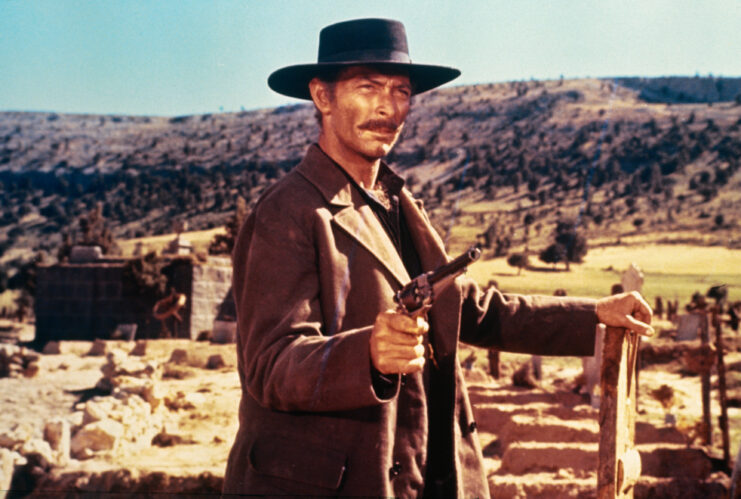
Lee Van Cleef continued working up until his death, appearing in 90 films and receiving 109 television credits. On December 16, 1989, the famed actor suffered a heart attack at his California home and passed away. He’d been diagnosed with heart disease in the late 1970s and had since had a pacemaker installed. In the autopsy report, throat cancer was listed as a secondary cause.
More from us: Tom Hanks Fired An Actor from ‘Band of Brothers’ Because He Had ‘Dead Eyes’
In recognition of his impact on the Western genre, many of those who attended Van Cleef’s funeral wore period-authentic clothing and cowboy hats. He was buried at Forest Lawn Memorial Park Cemetery in Hollywood Hills, California.
